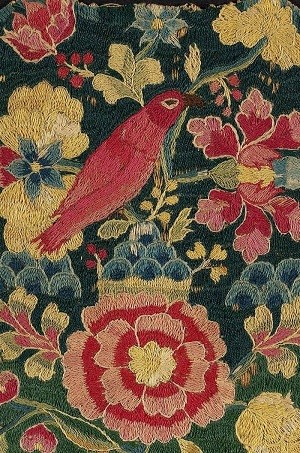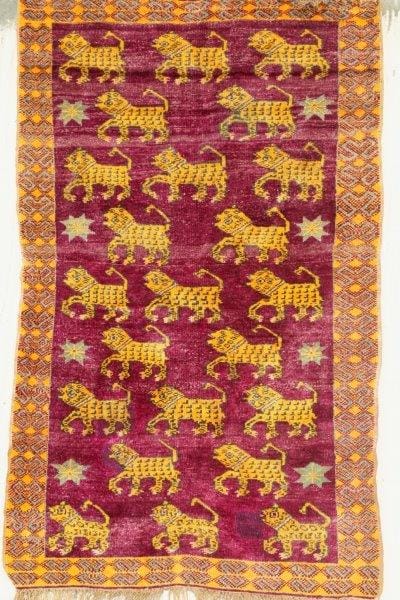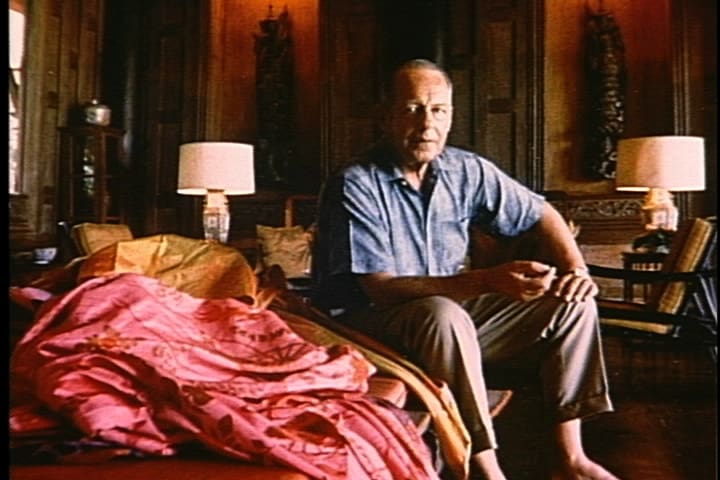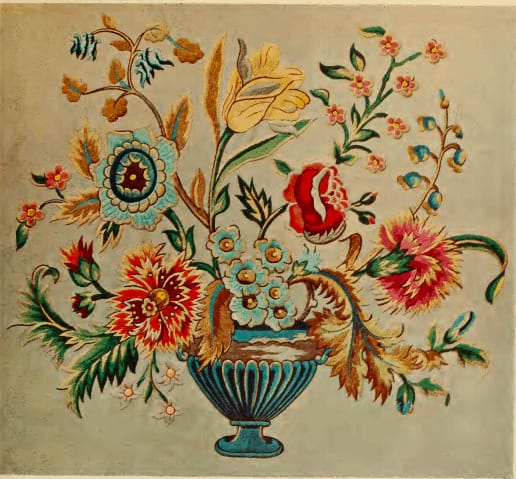[vc_row css_animation="" row_type="row" use_row_as_full_screen_section="no" type="full_width" angled_section="no" text_align="left" background_image_as_pattern="without_pattern" css=".vc_custom_1604552988400{padding-right: 15px !important;}" z_index=""][vc_column offset="vc_col-xs-12"][vc_column_text]Micro Mosaic
[caption id="attachment_3172" align="alignleft" width="250"]

Byzantine mosaic[/caption]
There is something about the miniature, but perfect and complete that gets me every time. And I know I'm not the only one. Is it an adult fascination with dollhouses? Or the desire to control a tiny universe? I don't know. But Micromosaics have always fascinated me.
MUGHAL & DUTCH: A CULTURAL BRIDGING OF 2 GREAT ARTISTIC TRADITIONS
THE MUGHAL EMPERORS LOVE FOR BEAUTIFUL FLOWERS AND FLORAL DESIGNS
Mosaics have been around from the third century BC, particularly in Ancient Rome, composed of glass and terracotta. However, they came into their own in the Byzantine era, where they adorned the churches. This tradition was continued during the Renaissance, as in the ceiling of St Peter's Basilica by Michaelangelo.
 Kashmir Image from traveltriangle.com[/caption]Embroideries of Kashmir: A couple of weeks back, I shared a breathtaking video made by the Google Arts & Culture Institute on the Sozni Embroidery from Kashmir. The video gathered a lot of love and likes on Facebook and Instagram.The valley of Kashmir with its beautiful flora and fauna is resplendent with nature. Therefore the embroideries or textile designs from Kashmir have always been largely inspired by the floral beauty of the valley.
Kashmir Image from traveltriangle.com[/caption]Embroideries of Kashmir: A couple of weeks back, I shared a breathtaking video made by the Google Arts & Culture Institute on the Sozni Embroidery from Kashmir. The video gathered a lot of love and likes on Facebook and Instagram.The valley of Kashmir with its beautiful flora and fauna is resplendent with nature. Therefore the embroideries or textile designs from Kashmir have always been largely inspired by the floral beauty of the valley.















